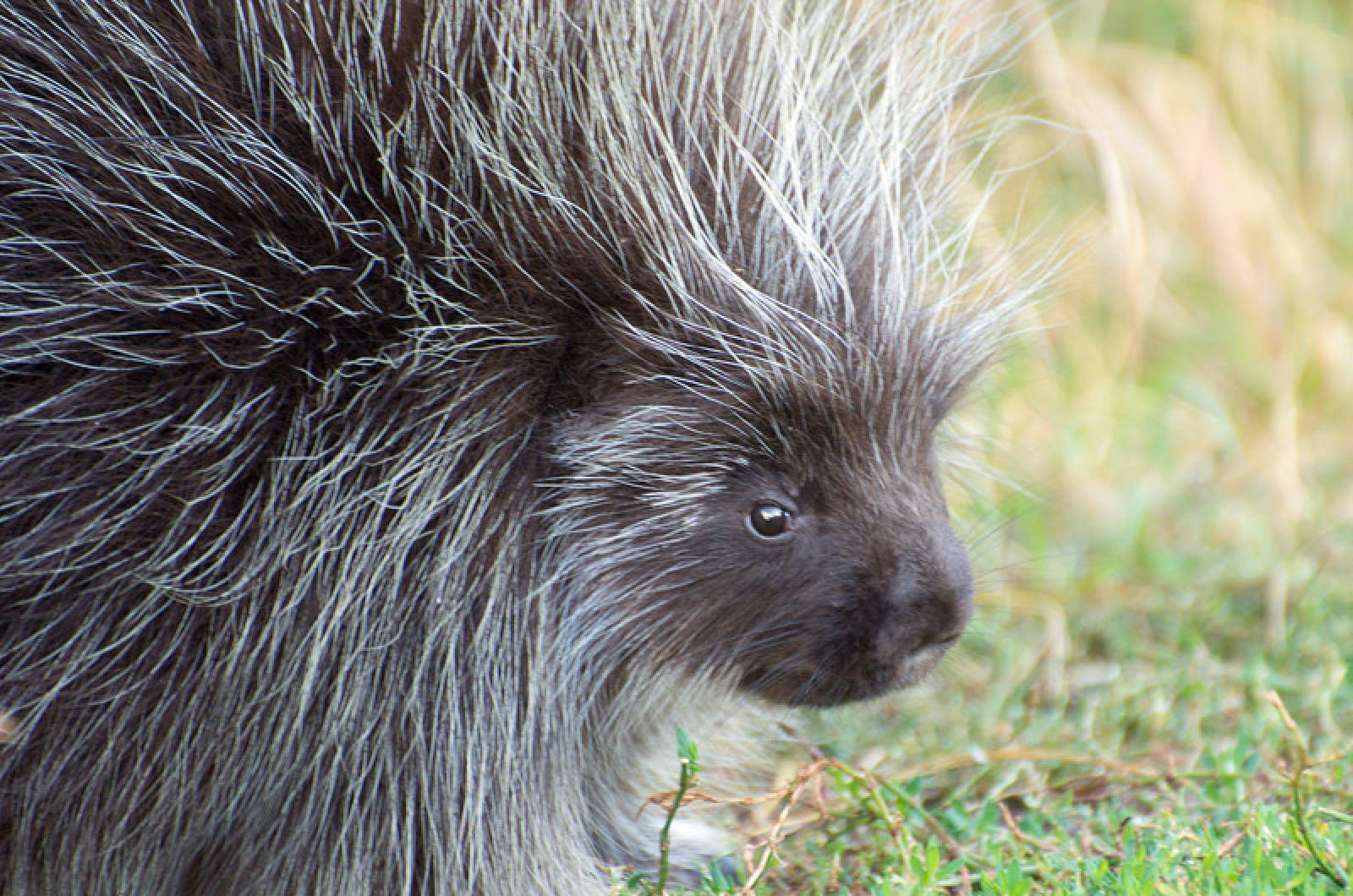The remains of a flying porcupine were found on State Road last week. Listed in Rare and Extinct Mammals of New England, Ethan A. Young, Montpelier Press, 1938, this species has been on and off the extinct list as often as the white-billed pileated woodpecker. It seems that every time an ornithologist is about to register this woodpecker as extinct a tell-tale tap and response is heard from the disappearing swamps of Louisiana.
The flying porcupine is also resting on that extinct/extant borderline. It is of course related to its larger cousin the common porcupine (erethizon dorsatum) and the common beaver (castor canadensis) but not related to the woodchuck or the flying squirrel which is actually a glider not a flyer.
In size and temperament the flying porcupine finds itself somewhere between an English hedgehog and a Syrian hyrax. Its quills are not barbed and cutting like the common porcupine but instead have a multitude of tiny pores. This enables it to fly by breathing in quickly and exhaling slowly. Perhaps this is similar to a bagpipe or accordion taking in air and exhaling music, or an octopus or squid ingesting water and using it to propel themselves.
NASA has been interested in the aerodynamic mysteries of the flying porcupine but none have survived more than three days in captivity. Unfortunately, young flying porcupines, like many mammals everywhere, do not heed the advice of their elders. Instead of releasing the air slowly they let it all out at once and like an inflated balloon being released without being tied they will careen haphazardly and crash, often leading to an early demise. Those that make it to adulthood have mastered the intake and slow release and tack of turning.
In the North Country, the flying porcupine is on rare occasions part of a Vermont wild game dinner. Its natural properties allow it to form the perfect base for a mixture of boar, bear, beaver and tincture of bat. Many Flatlanders are attracted to the calcium health benefits, since in the off months flying porcupines, like all porcupines, like to munch on the bones and antlers of deer and moose. However, some complain that in texture and taste it is more like eating sawdust.
True connoisseurs, on the other hand, have likened this dish to the best of Victorian gruels. The flying porcupine is much coveted as a gravy in homemade Quebecois poutine. There is little that can trump this unless you have been lucky enough to savor a sandwich of pulled porcupine or, my favorite, a steaming slice of porcupine pot pie, especially while recovering from the onset of frostbite and hypothermia after a day of deer hunting at 40 below.
My guess is that our flying porcupine, being nocturnal, was probably napping in what turned out to be a Christmas tree farm and found himself trapped in his tree which was cut down, netted and transported some 300 miles to our vineyard.
John Crelan, formerly of Porcupine Ridge, Vermont now resides in Oak Bluffs.




Comments (6)
Comments
Comment policy »